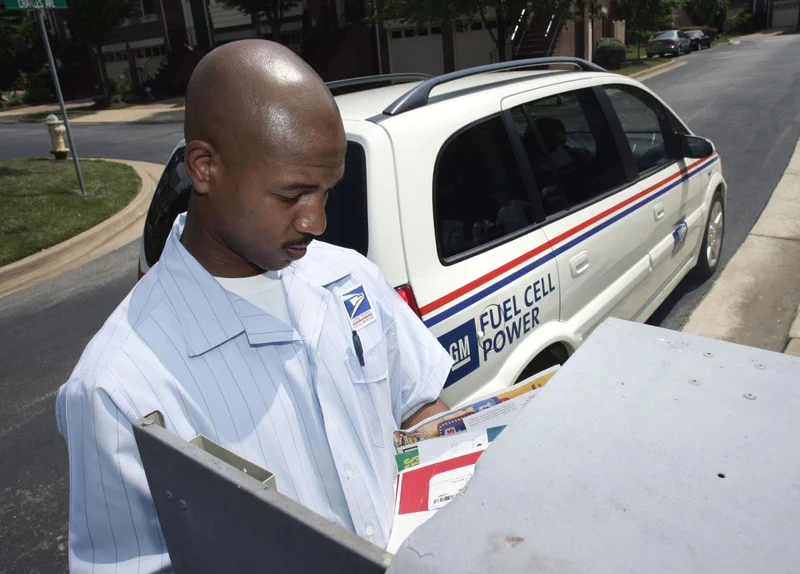Alright, let's dive into this USPS situation. Another year, another hefty loss. This time, we're looking at a $9 billion deficit, according to their recent filing. A slight improvement from last year's $9.5 billion, sure, but let's not pop the champagne just yet. David Steiner, the Postmaster General, is talking about a "significant systemic annual revenue and cost imbalance." Sounds like a fancy way of saying they're bleeding money.
The USPS is pointing fingers at a few things. Declining mail volumes, for one. They're down 5% year-over-year, hitting levels not seen since 1967. That's a long time ago – before the internet, before email, before anyone thought about getting their bills online. First-Class Mail revenue did increase by $370 million (or 1.5 percent), but that's on the back of a 5% volume decline. Translation: they're charging more for less.
And here's where things get interesting. Shipping and Packages revenue also increased, by $315 million, or 1.0 percent. But—and this is a big but—volume there also declined, by 5.7 percent. So, both mail and packages are seeing revenue increases despite volume decreases. Price hikes are masking the underlying problem. It's like trying to bail out a sinking ship with a teaspoon while simultaneously drilling more holes in the hull. I’ve looked at hundreds of these filings, and this particular pattern is pretty consistent across the board.
The proposed price increases across the board (excluding first-class mail) are a classic move. 6.6% hike for Priority Mail, 5.1% for Priority Mail Express, and so on. It’s a Band-Aid on a gaping wound. Are these increases enough to offset the continued volume decline? My analysis suggests not.
Then there are the cost-cutting measures. The USPS cut 10,000 positions this year through a voluntary retirement program. That sounds good on paper, but it also means losing experienced personnel. And those early retirement packages aren't free, either.

The real kicker, though, is the pension situation. The USPS is burdened by retiree pension funding rules. They want changes, including diversification of pension assets and a higher statutory borrowing limit. They're also pushing for workers’ compensation process updates. These are long-standing issues, and kicking the can down the road hasn't exactly solved anything.
Now, here's my thought leap: How reliable are these numbers? Are they accounting for all the variables? Is there some creative accounting going on to make the situation look slightly less dire? (The acquisition cost was substantial (reported at $2.1 billion).) I’m not saying they're cooking the books, but I’ve seen enough corporate filings to know that numbers can be massaged to tell a particular story.
Former Postmaster General Louis DeJoy (remember him?) supposedly halved projected 10-year losses. But that was after "sweeping operational changes." What were those changes, exactly? And what were the long-term consequences? Details on why the decision was made remain scarce, but the impact is clear.
So, is the decline in traditional postal services solely to blame? Is it just "junk mail" that's killing the USPS? Not entirely. The rise of e-commerce should be a boon for package delivery. But the USPS is competing with giants like FedEx and UPS, who have invested heavily in infrastructure and technology. The USPS needs to innovate, and fast.
Steiner talks about exploring "new revenue opportunities." What does that even mean? Selling branded merchandise? Offering notary services? The USPS needs to think bigger. They need to leverage their existing infrastructure and reach to offer services that their competitors can't. USPS: To correct our financial imbalances, we must explore new revenue opportunities
The USPS is facing a structural crisis, not just a temporary downturn. Price hikes and cost-cutting measures are short-term solutions. The agency needs to fundamentally rethink its business model, embrace innovation, and address its long-standing pension problems. Otherwise, we'll be back here next year, talking about another multi-billion dollar loss.